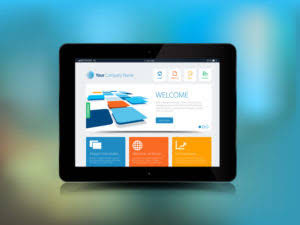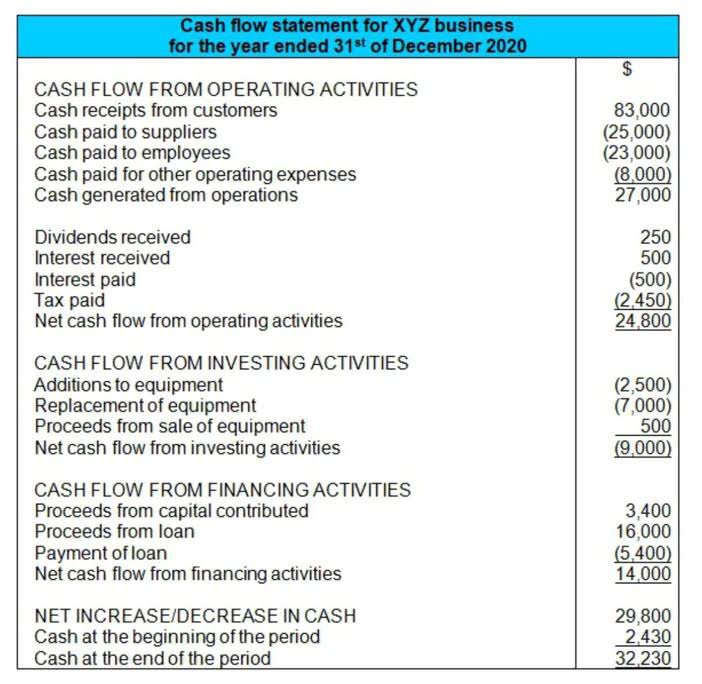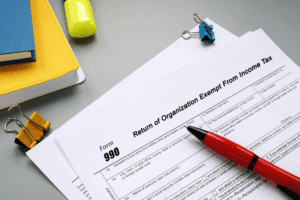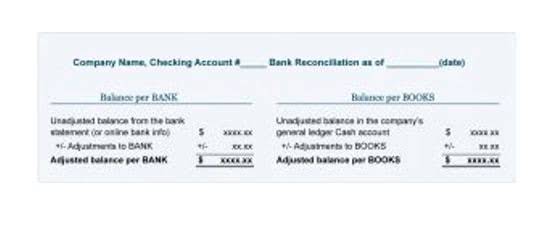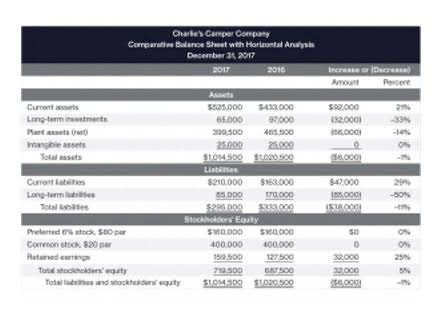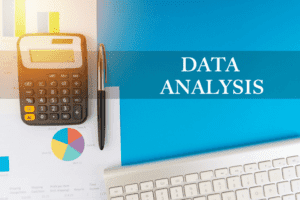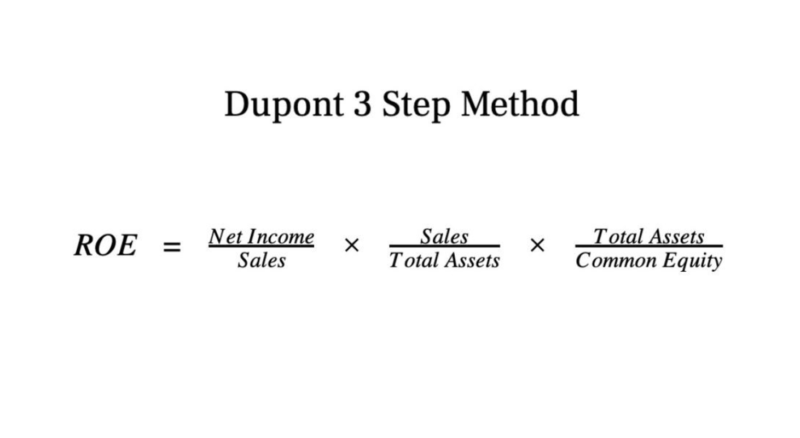
This portal is also known as the Customer Account Management Portal (CAMPs). Start training for QuickBooks Certification today and get your expert status. Find an accountant or bookkeeper who knows your niche, speaks your language, or is close by—whatever works best for you. By accessing and using this page you agree to the terms and conditions. We’ve added more benefits across all the tiers, without removing any of the benefits you enjoyed prior to this launch.

Redesigned U.S. ProAdvisor Program
- With QuickBooks Online Certification Training, you quickly become the expert.
- As a QuickBooks Certified ProAdvisor, you’ll earn points and rewards that can help to grow your firm and support your clients.
- Learn more about the ProAdvisor Preferred Pricing revenue share program.
- There is currently no limit to the number of clients that you can have on the ProAdvisor Preferred Pricing program.
These online modules will give you all the expert knowledge, hints and tips you need to become an expert QuickBooks user. All QuickBooks Online invoices are sent to the email address of the master administrator account. Free data import is provided by Odyssey Resources, for a limited time. If you have trouble signing in or think you have forgotten your user ID or password see Resolving sign in problems when signing into My Account. See articles customized for your product and join our large community of QuickBooks users. As a ProAdvisor, you can download QuickBooks products you’ve purchased from your account portal.
Sign in to your Intuit product

Master the latest QuickBooks tools so your clients always have an expert to turn to. It’s a whole new level of training and expertise that sets you up to thrive—year after year. Jason Ding, owner of Jason Ding, CPA Inc, shares his experience purchasing a CPA firm, his strategies for growth, and how QuickBooks Online helped him scale his business. The new point system was crafted to recognize the work you do and give you more flexibility in moving up the tiers and unlocking new benefits. Points are accumulated based on all members in the same QuickBooks Online Accountant (QBOA) firm through the completion of actions. While our product offerings have evolved over the years, our commitment to fueling your and your clients’ success rings as true today as ever.

A Case Study: How Using ProConnect™ Tax Online and Qu…
In the meantime, you can manually upload your bank transactions to QuickBooks instead. Your identification code will be sent to the email or mobile phone currently listed in your account. If you receive a message indicating your account is temporarily locked, the lock will automatically expire 15 minutes after your intuit proadvisor account login last login attempt. Once the lock has expired, you can attempt to sign in again. Once you’ve set up multiple businesses, you can easily switch between them from the Company menu or your QuickBooks homepage. All your companies will be listed, and you can toggle between them without needing to log out and back in.
Preferential pricing and support

The ProAdvisor Program enables accounting pros to grow their firm, skills and QuickBooks expertise by providing benefits including training, customer care, strategic marketing tools, and accountant specific product discounts. Learn how to set up QuickBooks Online for your clients, how to import data and how to work with the data including customer and supplier transactions, managing products and services and the chart of accounts… You are billed once a month for all of your clients under your subscriptions. Your billing date is set based on the date of the month you added your first client onto your firm-billed subscription and all of your subsequent subscriptions are also billed on this established bill date.
Select a Country
- Now, there are more ways to move up the tiers, and unlock new and better benefits.
- Full functionality for adding an accountant user to Self-Employed remains available and customers can sign up online and through the Apple App Store and Google Play.
- When you pay for your clients’ subscriptions, take advantage of our only ongoing discount and you’ll receive one consolidated monthly bill.
- Points are accumulated based on all members in the same QuickBooks Online Accountant (QBOA) firm through the completion of actions.
At the end of the 12 months, the client is charged the then-current monthly list price. Intuit may terminate these terms or the Revenue Share Program or modify the terms of the Revenue Share Program for any reason and at any time, at Intuit’s sole discretion, without notice. Terms, conditions, pricing, special features, and service and support options are subject to change without notice. Terms and conditions, features, support, pricing, and service options subject to change without notice.
Intuit reserves the right to accept or decline any QBOA firm. QuickBooks requires a persistent internet connection (a high-speed connection is recommended) and a computer with a supported Internet browser or a mobile phone with a supported operating system (see System Requirements). Get the desktop software and training you need to maximize productivity, at an exclusive QuickBooks ProAdvisor price. Join our ongoing series of live webinars to learn all about the latest updates to the QuickBooks Online family of products, plus view exclusive new feature demos.
Signing in to My Account for Lacerte
Choose the option that works for you and your clients—bill the subscription along with your firm’s services or pass on exclusive discounts direct to your clients. Now, there are more ways to move up the tiers, and unlock new and better benefits. The program was recently updated to a points structure that recognizes more of the work you already do. If you are part of a team under the same QuickBooks Accountant firm all your points will be aggregated together to help you move up the tiers more quickly. ProAdvisors are members of the QuickBooks ProAdvisor Program. They’re independent accounting professionals and not employed by Intuit.
Discount and list price subject to change at any time at Intuit’s sole discretion. If you add or remove services, your subscription fees will be adjusted accordingly. We understand the importance of a reliable monthly bill for you and your clients, which is why we are offering the ongoing monthly discount to accounting professionals via the ProAdvisor discount. When you select this option, Intuit will bill your firm each month for all eligible client subscriptions and you can enjoy the ongoing savings month after month.




